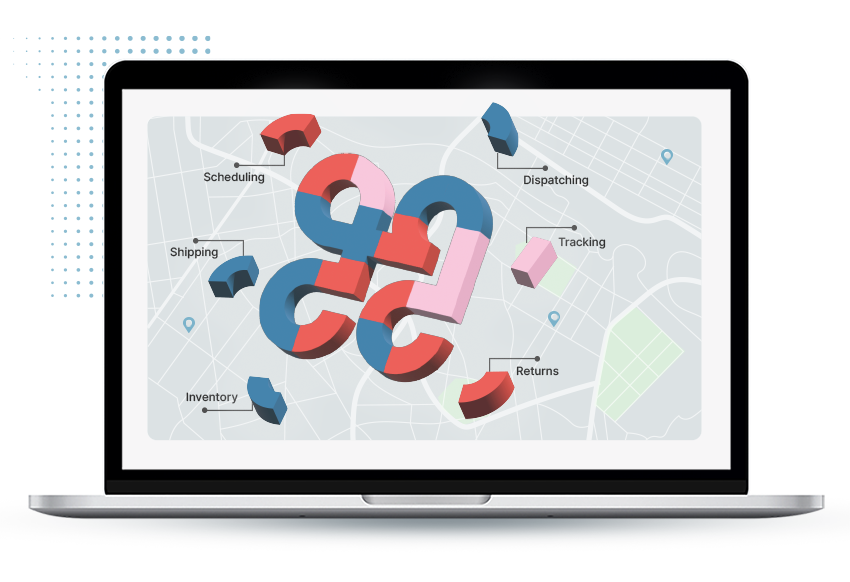Optimizing Competitive Returns
The world of business is highly competitive, and optimizing your returns is crucial for long-term success. Whether you are a startup or an established enterprise, understanding how to enhance your competitive returns can dramatically affect your bottom line. In this article, we will explore various strategies and insights into optimizing competitive returns effectively. You will learn about key factors influencing returns, best practices for measurement, and innovative methods to improve your overall return rates.

As we delve into this topic, we will cover several important aspects: understanding return on investment (ROI), examining market trends, identifying customer behavior, and utilizing technology in optimizing returns. Each section will provide actionable insights to help you formulate a strategic approach to improve your competitive standing. Additionally, we will reference some relevant articles that further elaborate on these strategies:
By the end of this article, you should have a comprehensive understanding of how to optimize your competitive returns effectively and efficiently.
Understanding Return on Investment (ROI)
ROI is a key performance indicator that helps businesses evaluate the profitability of their investments. It is calculated by dividing the net profit of an investment by the initial cost of the investment:
ROI = (Net Profit / Cost of Investment) x 100%
Understanding your ROI is essential in determining which strategies are yielding the best returns. A positive ROI indicates that your investment is generating profit, while a negative ROI signals that you may need to reevaluate your approach. Here are a few areas to consider when analyzing your ROI:
Identifying Key Metrics
- Sales Growth: An increase in sales over a certain period is a strong indicator of effective strategies.
- Customer Acquisition Cost (CAC): Knowing how much it costs to acquire a new customer can help refine marketing strategies.
- Customer Lifetime Value (CLV): Understanding the total worth of a customer over the entire business relationship is crucial.
Utilizing Technology for Better Insights
Leveraging technology can significantly enhance your ability to calculate and analyze your ROI. Using data analytics tools can provide valuable insights into customer behaviors and emerging market trends.
Testing and Iterating Your Approach
Continuous testing and iteration are necessary for optimizing returns. Regularly assess your strategies and pivot based on the data you collect.
Market Trends and Their Impact on Returns
Market trends play a significant role in shaping your competitive returns. By staying ahead of trends, businesses can better position themselves to capture market share and improve returns. Some key trends to consider include:
Consumer Preferences
Understanding changes in consumer preferences can guide your product development and marketing strategies. For example, the growing emphasis on sustainability may lead consumers to prefer eco-friendly products.
Technological Advancements
Adopting new technology can streamline operations, reduce costs, and improve customer satisfaction – all of which can lead to higher returns. Keeping abreast of technological advancements will give you a competitive edge.
Economic Factors
The overall economic environment significantly affects business operations. Factors such as inflation rates, unemployment, and currency fluctuations can all impact consumer spending, which in turn affects your returns.
Customer Behavior Analysis
To optimize your competitive returns, understanding and analyzing customer behavior is vital. Here are a few strategies to enhance your analysis:
Segmentation of Customer Base
Segmenting your customers based on demographics, purchasing habits, or preferences can help tailor your marketing efforts to meet specific needs and improve returns.
Feedback and Insights
Collecting feedback directly from customers can provide insights into their experiences and preferences. Utilize surveys and reviews to gather valuable data.
Loyalty Programs
Implementing loyalty programs can enhance customer retention and encourage repeat purchases, boosting overall returns.
Innovative Strategies for Optimizing Returns
Innovation is key to staying competitive and improving your returns. Here are a few innovative strategies to consider:
Adopting Advanced Analytics
With advanced analytics tools, businesses can forecast trends, segment markets, and optimize pricing strategies to improve returns.
Enhancing Customer Experience
Creating an exceptional customer experience can lead to increased loyalty and higher returns. Invest in user-friendly interfaces, personalized shopping experiences, and responsive customer service.
Utilizing Automation
Automate repetitive tasks to streamline operations and reduce costs. This can free up resources to focus on high-impact strategies, increasing overall returns.
Measuring Success and Adapting Strategies
To ensure the effectiveness of your strategies, ongoing measurement and adaptation are critical. Here are some methods for measuring success:
Regular Performance Reviews
Conducting regular performance reviews allows businesses to assess which strategies are working and where adjustments are needed.
Setting Clear Objectives
Establishing clear, measurable objectives can provide benchmarks for evaluating success and guiding future strategies.
Feedback Loops
Implementing feedback loops allows you to adapt strategies based on real-time customer insights and market changes.
Conclusion
Optimizing competitive returns is an ongoing process that requires a deep understanding of key metrics, market trends, and customer behavior. Implementing the strategies discussed in this article can help you effectively enhance your returns. Remember to continuously measure, analyze, and adapt your approaches to stay competitive in your market.
By keeping an eye on the ever-evolving landscape and employing innovative strategies, businesses can thrive and achieve their desired returns. Thank you for reading this comprehensive guide on optimizing competitive returns, and I hope you found it insightful and actionable.
